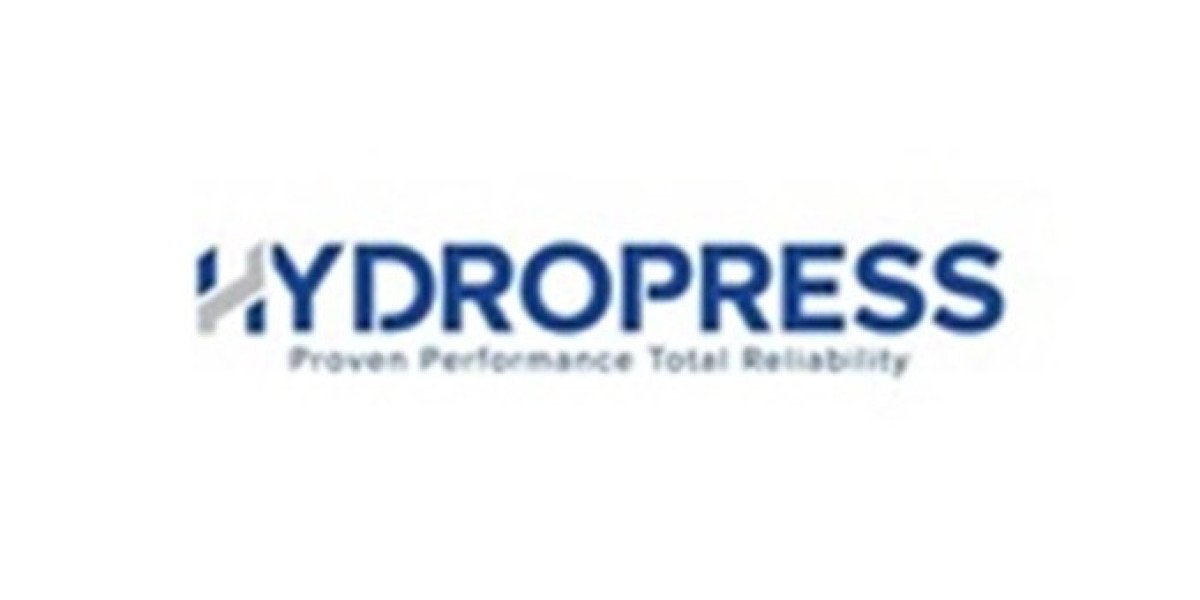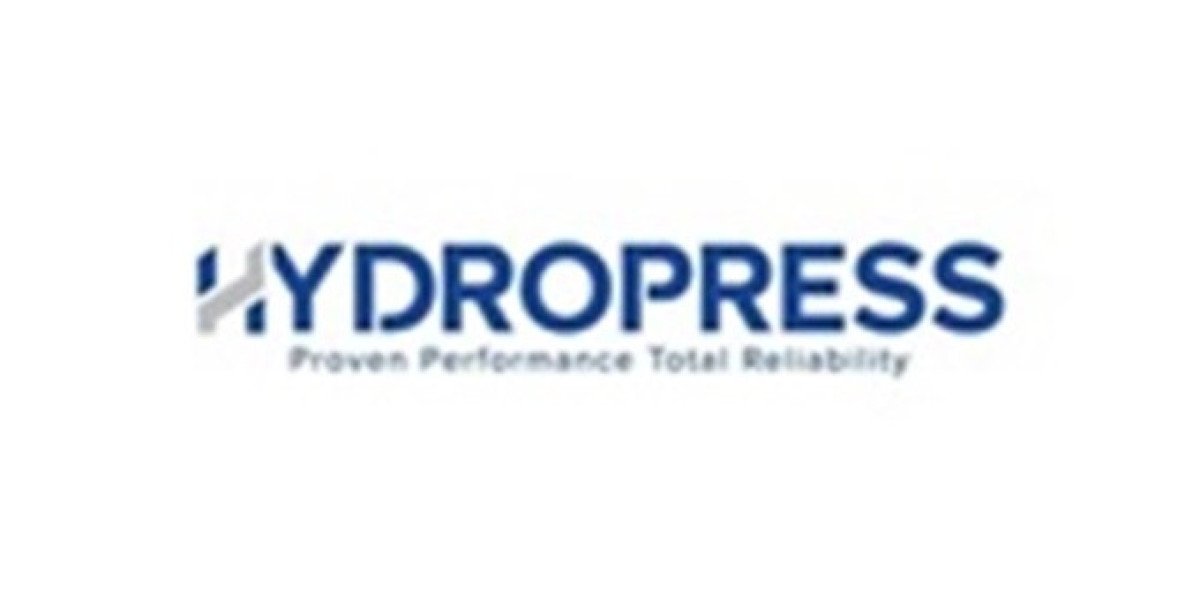Introduction to ISO 45001 Certification
A. Definition of ISO 45001
ISO 45001 is an international standard for occupational health and safety (OH&S) management systems. It provides a framework for organizations to improve employee safety, reduce workplace risks, and create better working conditions. The standard was developed by the International Organization for Standardization (ISO) and published in March 2018.
B. Importance of ISO 45001 Certification
ISO 45001 certification is essential for businesses aiming to ensure workplace safety. It helps organizations systematically manage risks and prevent occupational injuries and diseases. Companies that implement this standard demonstrate their commitment to the well-being of their employees and compliance with legal and regulatory requirements.
C. Difference Between ISO 45001 and OHSAS 18001
ISO 45001 replaces OHSAS 18001, the previous standard for occupational health and safety. Unlike OHSAS 18001, which focused on risk management, ISO 45001 adopts a proactive approach to hazard prevention. It integrates seamlessly with other management systems like ISO 9001 (Quality) and ISO 14001 (Environmental Management).
Key Benefits of ISO 45001 Certification
A. Improved Workplace Safety
ISO 45001 helps organizations identify and control workplace hazards. By implementing this standard, businesses can significantly reduce workplace accidents, injuries, and illnesses, leading to a safer work environment.
B. Legal and Regulatory Compliance
The certification ensures that organizations comply with local, national, and international occupational health and safety regulations. This reduces legal liabilities and penalties associated with non-compliance.
C. Enhanced Reputation and Competitive Advantage
ISO 45001 certification demonstrates a company’s commitment to safety, making it more attractive to customers, investors, and business partners. It enhances the organization’s reputation and provides a competitive edge in the market.
Steps to Obtain ISO 45001 Certification
A. Conducting a Gap Analysis
Before implementing ISO 45001, organizations should perform a gap analysis to identify areas that need improvement. This helps in understanding current safety measures and aligning them with ISO 45001 requirements.
B. Developing an OH&S Management System
Organizations must establish policies, objectives, and procedures to manage workplace health and safety risks. This includes hazard identification, risk assessment, and preventive measures.
C. Internal Audits and Management Review
Internal audits assess the effectiveness of the OH&S management system. The management review ensures top leadership is involved in the continuous improvement of the system.
ISO 45001 Certification Process
A. Selecting a Certification Body
Organizations must choose an accredited certification body to conduct the ISO 45001 audit. Accreditation ensures credibility and recognition of the certification.
B. Stage 1 Audit (Document Review)
The certification body reviews the organization’s documentation to ensure compliance with ISO 45001 requirements. This includes policies, procedures, and risk assessments.
C. Stage 2 Audit (On-Site Assessment)
Auditors conduct an on-site evaluation to assess the implementation and effectiveness of the OH&S management system. Any non-conformities identified must be addressed before certification is granted.
Common Challenges in ISO 45001 Implementation
A. Employee Resistance to Change
Implementing ISO 45001 may face resistance from employees who are accustomed to existing safety procedures. Proper training and communication help in overcoming this challenge.
B. Resource Allocation
Organizations may struggle with allocating sufficient resources, such as time, personnel, and finances, for ISO 45001 implementation. Effective planning and management support are crucial for success.
C. Maintaining Continuous Improvement
Achieving certification is not the end of the process. Organizations must continuously improve their OH&S management system through regular audits, training, and policy updates.
Integration with Other ISO Standards
A. ISO 45001 and ISO 9001 (Quality Management)
ISO 45001 can be integrated with ISO 9001 to create a comprehensive management system that ensures both product quality and workplace safety.
B. ISO 45001 and ISO 14001 (Environmental Management)
Organizations that implement both ISO 45001 and ISO 14001 can efficiently manage occupational health, safety, and environmental responsibilities.
C. Benefits of an Integrated Management System
An integrated management system streamlines processes, reduces duplication, and improves overall organizational efficiency by combining multiple ISO standards.
Industries That Benefit from ISO 45001 Certification
A. Construction and Manufacturing
These industries have high-risk environments where ISO 45001 helps in mitigating workplace hazards and ensuring worker safety.
B. Healthcare and Pharmaceuticals
ISO 45001 is crucial in healthcare settings to protect medical professionals and patients from occupational hazards.
C. Transportation and Logistics
The transportation industry faces various safety risks. Implementing ISO 45001 helps in reducing accidents and ensuring compliance with safety regulations.
Conclusion
ISO 45001 certification is a vital tool for organizations committed to workplace safety and continuous improvement. By implementing this standard, businesses can reduce workplace risks, comply with legal requirements, and enhance their reputation. The certification process may require effort and resources, but the long-term benefits outweigh the challenges, making ISO 45001 a worthwhile investment for any organization.








